Tran Ba Trung
A Multifactorial Optimization Paradigm for Linkage Tree Genetic Algorithm
May 06, 2020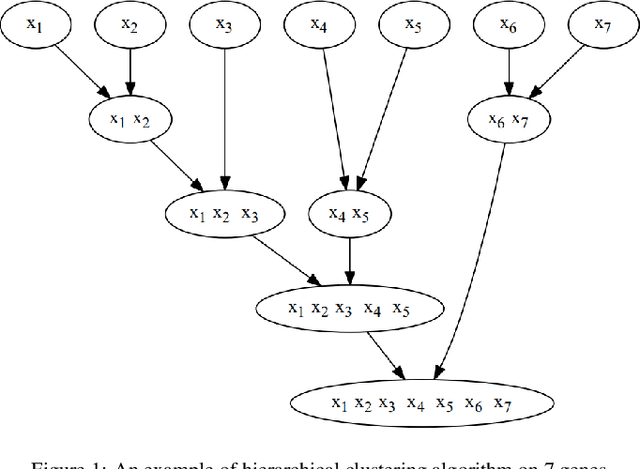
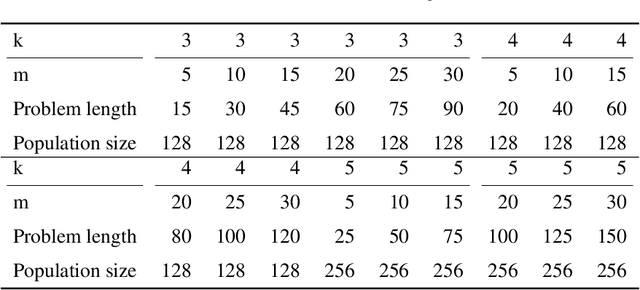
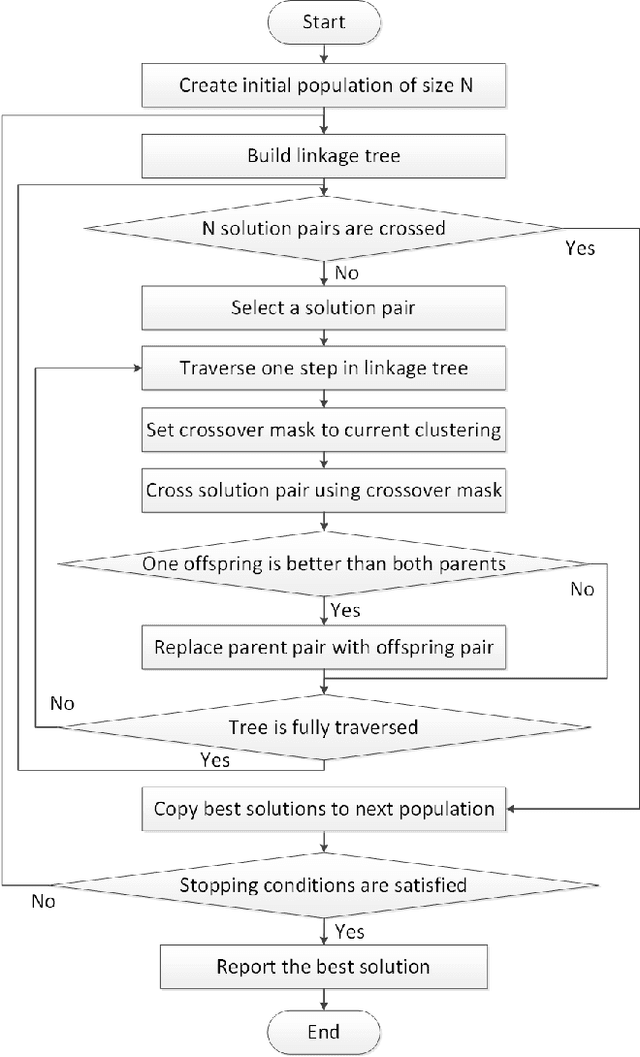
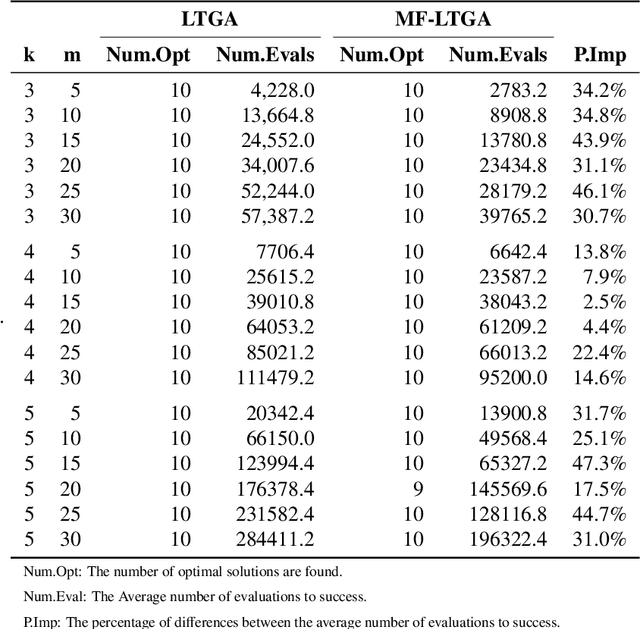
Abstract:Linkage Tree Genetic Algorithm (LTGA) is an effective Evolutionary Algorithm (EA) to solve complex problems using the linkage information between problem variables. LTGA performs well in various kinds of single-task optimization and yields promising results in comparison with the canonical genetic algorithm. However, LTGA is an unsuitable method for dealing with multi-task optimization problems. On the other hand, Multifactorial Optimization (MFO) can simultaneously solve independent optimization problems, which are encoded in a unified representation to take advantage of the process of knowledge transfer. In this paper, we introduce Multifactorial Linkage Tree Genetic Algorithm (MF-LTGA) by combining the main features of both LTGA and MFO. MF-LTGA is able to tackle multiple optimization tasks at the same time, each task learns the dependency between problem variables from the shared representation. This knowledge serves to determine the high-quality partial solutions for supporting other tasks in exploring the search space. Moreover, MF-LTGA speeds up convergence because of knowledge transfer of relevant problems. We demonstrate the effectiveness of the proposed algorithm on two benchmark problems: Clustered Shortest-Path Tree Problem and Deceptive Trap Function. In comparison to LTGA and existing methods, MF-LTGA outperforms in quality of the solution or in computation time.
Multifactorial Evolutionary Algorithm For Clustered Minimum Routing Cost Problem
Dec 23, 2019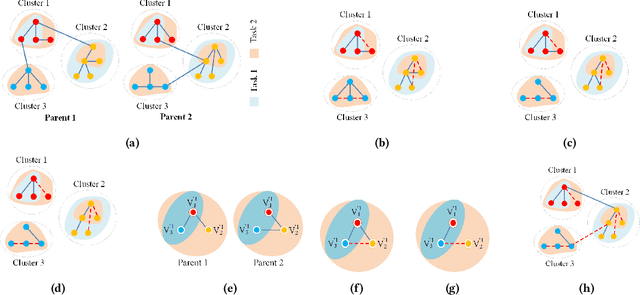


Abstract:Minimum Routing Cost Clustered Tree Problem (CluMRCT) is applied in various fields in both theory and application. Because the CluMRCT is NP-Hard, the approximate approaches are suitable to find the solution for this problem. Recently, Multifactorial Evolutionary Algorithm (MFEA) has emerged as one of the most efficient approximation algorithms to deal with many different kinds of problems. Therefore, this paper studies to apply MFEA for solving CluMRCT problems. In the proposed MFEA, we focus on crossover and mutation operators which create a valid solution of CluMRCT problem in two levels: first level constructs spanning trees for graphs in clusters while the second level builds a spanning tree for connecting among clusters. To reduce the consuming resources, we will also introduce a new method of calculating the cost of CluMRCT solution. The proposed algorithm is experimented on numerous types of datasets. The experimental results demonstrate the effectiveness of the proposed algorithm, partially on large instances
 Add to Chrome
Add to Chrome Add to Firefox
Add to Firefox Add to Edge
Add to Edge